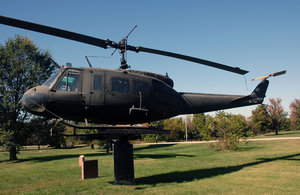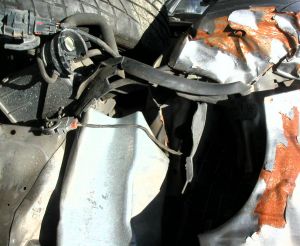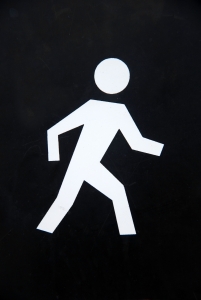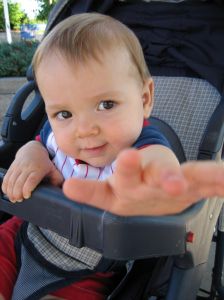According to a recent study from the National Highway Traffic Safety Administration (NHTSA), teenage passengers are least likely to speak up if they feel threatened by a driver’s distracting habits behind the wheel.
Teens make up the age group that is most likely to be involved in a distraction-related car accident in Milford and elsewhere. The Secretary for the USDOT, Ray LaHood, says that the findings of this recent survey serve as a call to action to get young drivers and passengers to talk about the dangers of using a cell phone or a text messaging device behind the wheel. More awareness and more communication can help to keep these young drivers, and other motorists, safe on our roadways.

With these findings, officials with the NHTSA launched a new contest for students across the country to design a social networking icon that will be used throughout the USDOT’s distracted driving campaign and will be used to encourage teens to speak up when riding with a distracted driver. It’s the Distracted Driving Design Challenge!
Our Milford injury attorneys understand that drivers between the ages of 18- and 20-years-old have the highest level of cell phone involvement in accidents and near-accident situations. These young drivers are roughly three times as likely to report to have been emailing or text messaging when an accident happened on our roadways. In addition, drivers under the age of 25 are nearly five times more likely to drive while engaging in these distractions. As drivers age they’re less likely to engage in distracting habits behind the wheel.
In the recent NHTSA survey, 6,000 drivers were polled to get a peek into the public’s self-reported behaviors, knowledge and attitudes related to cell phone use while driving.
Study Findings:
-About 90 percent of those surveyed said that they considered a driver who was reading, composing or sending emails or text messages behind the wheel was very unsafe.
-Younger drivers who were surveyed said that they were less likely to speak up and say something if they were riding with a distracted driver.
-Roughly a third of drivers between the ages of 18- and 24-years-old said that they would say something to a driver who was distracted behind the wheel.
-Half of surveyed drivers over the age of 65-years-old said that they would say something to a driver who was distracted behind the wheel.
With the DOT’s Distracted Driving Design Challenge, teens are urged to make an icon portraying the department’s anti-distraction message. The winning icon will be shared on Tumblr, Twitter, Facebook and other social media networks. The contest is running from the 16th of April through the 31st of July. Students aged 13- through 18-years-old are urged to participate. For more information regarding the contest, please visit Challenge.gov.
Continue reading
 Boston Car Accident Lawyer Blog
Boston Car Accident Lawyer Blog











